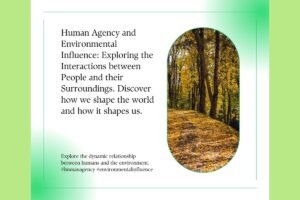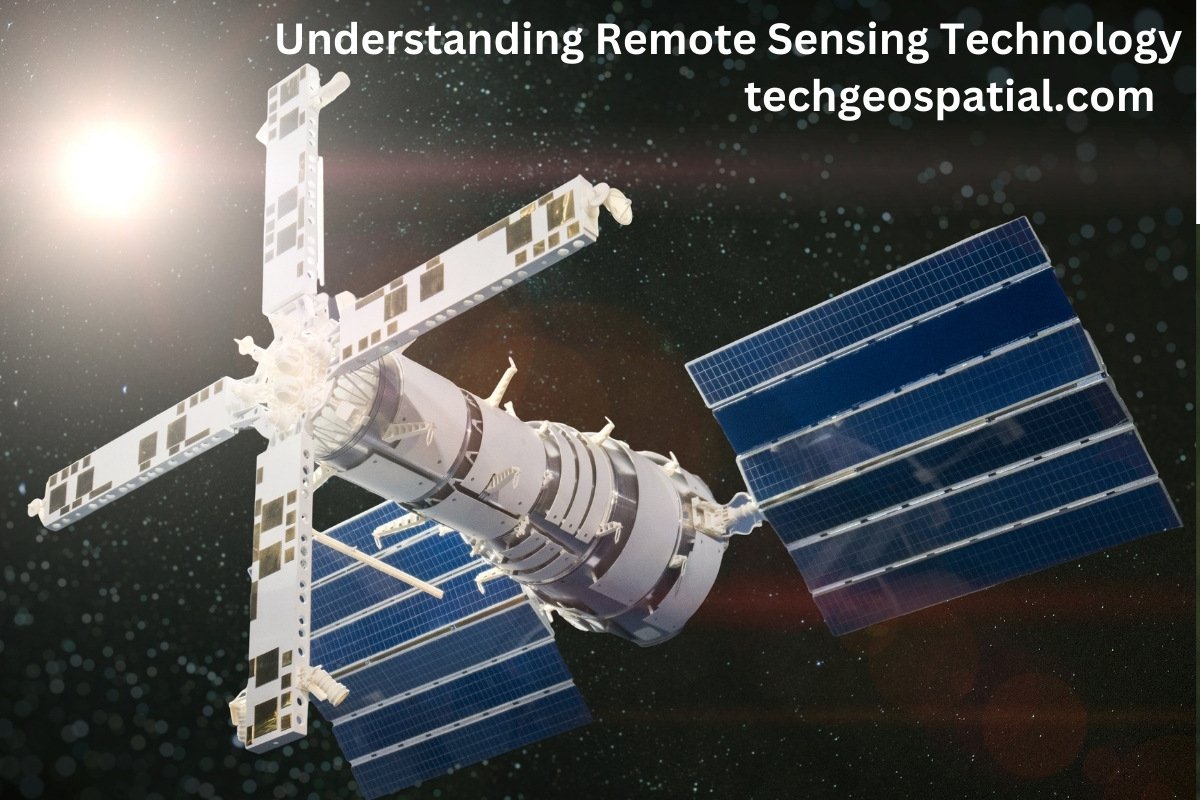Unraveling the Theory of Possibilism: Understanding Human Agency in Geography
Introduction: Exploring the Concept of Possibilism
Possibilism, a theory introduced by French geographer Vidal de la Blache in the early 20th century, stands as a pivotal concept in the realm of geography. At its essence, possibilism challenges deterministic perspectives, asserting that while the environment may shape human behavior, it does not wholly determine it. Instead, it underscores the profound influence of human agency in shaping the landscape and cultural developments. In this comprehensive exploration, we delve into the intricacies of possibilism, unpacking its core principles and implications for understanding human-environment interactions.
Origins of Possibilism

To understand possibilism, it’s crucial to grasp its historical context. In the late 19th and early 20th centuries, environmental determinism dominated geographical thought. This perspective posited that geography, including climate, topography, and resources, predetermined the course of human societies. According to determinists, environmental factors exerted a deterministic influence on human behavior, culture, and development.
Vidal de la Blache challenged this deterministic view with his theory of possibilism. Drawing inspiration from his empirical studies of regional geography in France, de la Blache argued that while the environment sets constraints on human activities, it does not determine them entirely. He observed that humans exhibit remarkable adaptability and creativity in responding to their surroundings, shaping their environment through cultural practices, technology, and social organization.
Key Concepts of Possibilism
- Human Agency: At the heart of possibilism lies the concept of human agency—the capacity of individuals and societies to act autonomously and make choices that influence their environment. Possibilism rejects the notion of passive humans subjected to the whims of nature, asserting instead that humans actively engage with and transform their surroundings.
- Cultural Landscape: De la Blache introduced the concept of the cultural landscape, which refers to the visible imprint of human activity on the natural environment. Through agriculture, architecture, infrastructure, and other cultural practices, humans leave a distinct mark on the landscape, reflecting their values, needs, and aspirations.
- Technological Innovation: Possibilism emphasizes the role of technology and innovation in overcoming environmental constraints. Humans develop tools, techniques, and systems to exploit and adapt to their environment more effectively. From irrigation systems to transportation networks, technological advancements enable societies to thrive in diverse geographical settings.
- Diversity of Responses: Possibilism acknowledges the diversity of human responses to the environment. Different cultures and societies exhibit varying degrees of adaptability, resilience, and creativity in their interactions with the natural world. Some may embrace technological solutions, while others rely on traditional knowledge and practices.
The Foundations of Possibilism
Challenging Environmental Determinism
Possibilism emerged as a response to the prevailing theory of environmental determinism, which posited that geography and climate dictated the course of human civilization. Vidal de la Blache rejected this deterministic outlook, arguing that humans possess the capacity to transcend environmental constraints through ingenuity and adaptation. This foundational principle of possibilism revolutionized geographical thought, emphasizing the dynamic relationship between humans and their surroundings.
Human Agency and Environmental Influence

Central to possibilism is the recognition of human agency in shaping the cultural landscape. While the environment sets parameters and constraints, it is human decisions and actions that ultimately determine the trajectory of development. From agricultural practices to architectural styles, the cultural landscape serves as a testament to human ingenuity and adaptability in transforming the natural world to suit their needs.
The Cultural Landscape: A Reflection of Human Agency
Expressions of Human Creativity
The concept of the cultural landscape encapsulates the tangible manifestations of human activity on the environment. Across diverse geographical regions, we witness a myriad of cultural practices and innovations that leave indelible marks on the landscape. Whether through the construction of monumental structures or the cultivation of terraced fields, humans imprint their identity upon the natural world, showcasing the extent of their creativity and resourcefulness.
Adaptation and Resilience
Possibilism underscores the capacity of human societies to adapt and thrive in varying environmental conditions. From nomadic tribes traversing arid landscapes to urban centers flourishing amidst challenging terrain, the resilience of human communities exemplifies the ethos of possibilism. Through the development of technology and the preservation of traditional knowledge, societies navigate environmental challenges with resilience and determination.
Contemporary Relevance and Implications
Addressing Global Challenges
In the face of contemporary environmental challenges such as climate change and resource depletion, possibilism offers valuable insights into sustainable development strategies. By acknowledging the power of human agency, we can leverage innovation and collaboration to mitigate environmental impacts and foster resilience. From renewable energy initiatives to sustainable land management practices, possibilism inspires proactive solutions to safeguard the planet for future generations.
Promoting Diversity and Inclusion
Possibilism celebrates the diversity of human responses to the environment, highlighting the importance of inclusive and equitable development strategies. By recognizing the unique cultural perspectives and knowledge systems of diverse communities, we can harness the collective wisdom to address shared environmental challenges. In doing so, we honor the principles of possibilism and pave the way for a more harmonious relationship between humanity and the natural world.
Conclusion: Embracing Human Potential in Geography
In conclusion, the theory of possibilism offers a profound paradigm shift in our understanding of human-environment interactions. By foregrounding human agency and creativity, possibilism empowers us to transcend environmental determinism and envision a future where sustainability and resilience are paramount. As we navigate the complexities of the 21st century, let us heed the lessons of possibilism and embrace our collective potential to shape a more prosperous and sustainable world.





